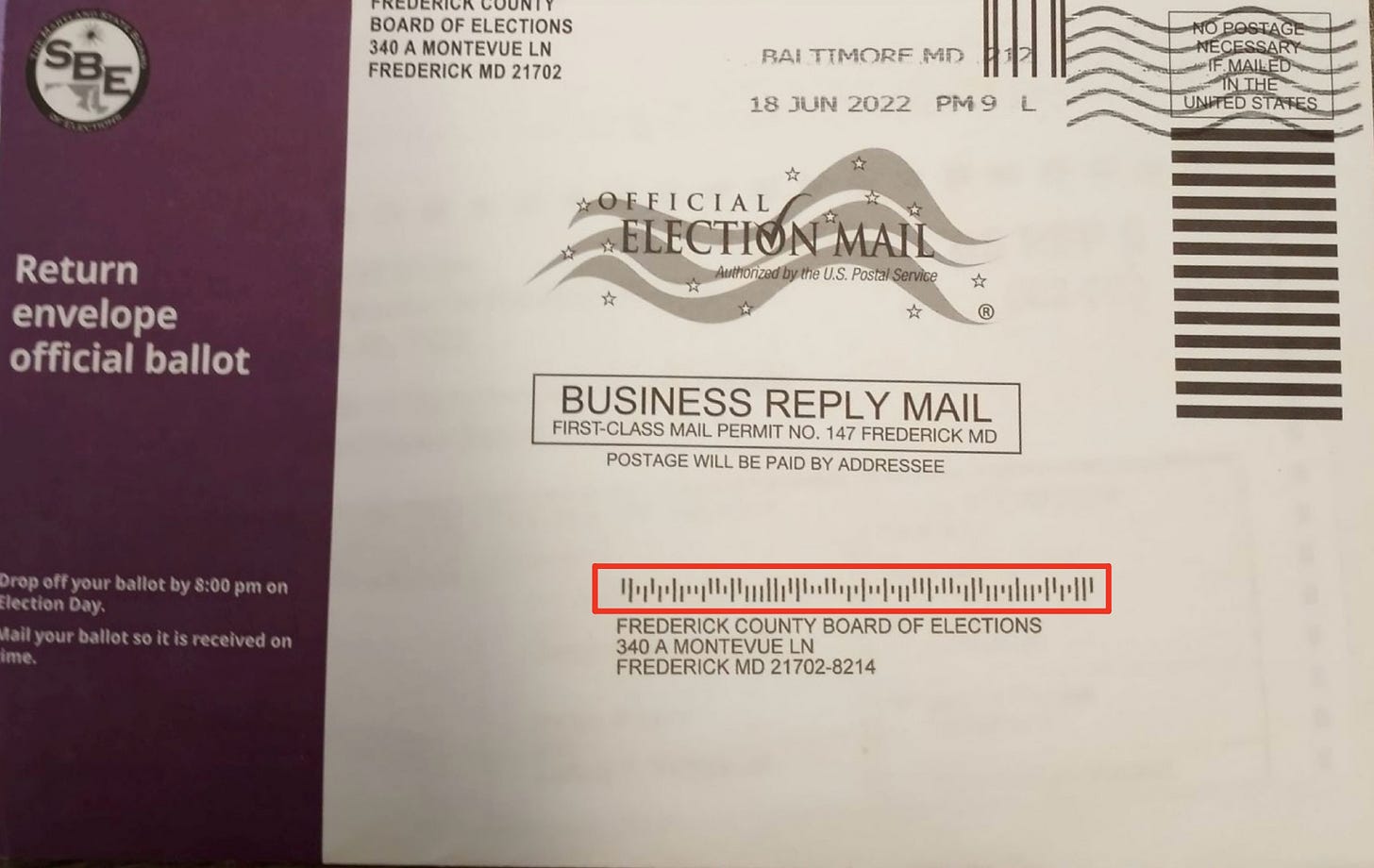Tracking the Vote

You’ve submitted your absentee ballot. Perhaps you mailed it in or dropped it off at a ballot drop box. Now what?
Many voters probably don’t think very much about what happens next. They should be happy to learn that a lot goes on behind the scenes to make sure their ballot is secure—and that both election officials and the voters themselves can find out if, for some reason, the ballot isn’t processed and counted.
Unfortunately, over the last few weeks, a few voters in Arizona, Oregon, and Washington experienced this issue firsthand.
Arson attacks against mailboxes and ballot drop boxes in those states left voters and election officials relying on ballot tracking technology. After an arsonist damaged a Phoenix mailbox that contained absentee ballots, the Maricopa County clerk asked voters to check on their ballots using that technology. Election administrators in Portland, Oregon and Vancouver, Washington told their voters to do the same following the attacks on the area’s drop boxes.
Drop boxes have fire repellants, so the Portland fire damaged only three ballots. In Vancouver, for some reason the fire repellant did not work as well: a few hundred ballots were damaged. Election officials could still see identifying information on some of those ballots, and they promptly contacted those voters. But some ballots were completely unidentifiable. Tracking technology allowed voters to know whether their ballots were lost. It gave them the opportunity to contact their local election officials to request a new ballot and re-submit their votes. Of course, election officials knew that their first ballots were not processed, ensuring that no one could vote twice.
This technology is particularly important given the rise in vote-by-mail in recent years, perhaps better referred to as “vote-at-home” given that most voters fill in their mail-in ballots from home. Its use has steadily grown since the 1970s, when California first offered no-excuse absentee balloting. Oregon began sending all voters a ballot automatically in 2000. Vote by mail was the most popular voting method in 2020 during the pandemic. Though the number of voters using absentee ballots in 2024 has (understandably) decreased since 2020, the option to vote from home is here to stay. Twenty-eight states allow registered voters to request an absentee ballot for any reason, and eight states—which boast well over thirty-one million registered voters—conduct their elections almost entirely by mail. The vote-at-home movement continues to grow as well: Connecticut voters will decide this year whether to adopt no-excuse absentee voting for future elections.
Voters widely use these options: 2022 saw over 30 million mail-in ballots cast. According to the University of Florida’s Election Lab, 2024 will far exceed the 2022 midterm election totals. All of these ballots travel in a very efficient system, with the vast majority of election mail making it from voter to election official in just a few days courtesy of the United States Postal Service. Thanks to ballot tracking technology, voters in almost every state can go online to track their ballot through this system. Many of those states go even further, providing the option (through outside vendors) to receive text and email updates.
At its core, ballot tracking technology is essentially the same system that lets consumers track their packages. The Postal Service’s intelligent mail barcode is on each ballot envelope, allowing people to track their ballots as they go from the county clerk to the voter and back to the county clerk. In states that provide updates through private vendors, ballot tracking offers even more specificity: voters can be notified about their ballot’s creation, its placement in the mail, its receipt, and its status after signature matching to verify its validity. States with less sophisticated ballot tracking use the same technology but offer fewer features: they typically put ballot updates on an online portal and scan absentee ballots only when they’re mailed from the county clerk and then received back from the voter. For example, a Kentucky voter will see simply the date of the ballot request, the date the ballot is mailed, and the date the county clerk receives it back:
A better system, like Arizona’s, also lets the voter know when the election officials verify the ballot’s signature so that it is ready for counting once the tallying process begins. Arizona is one of the many states that use outside vendors such as Ballotrax to bolster their tracking system.
As Amber McReynolds, the former head of the National Vote at Home Institute who is now the vice chair of the USPS’s Board of Governors, put it, tracking systems “increase accountability in the mail ballot process, enhance election security, … and improve customer service.”
Ballot tracking helps to keep our elections secure and transparent. It instills vital confidence in our elections and the vote-counting process. In a time where false claims about election security have led many to falsely believe that vote-by-mail and absentee voting are rife with fraud, ballot tracking is an important tool that helps to verify the security of this growing form of voting.
Nearly all Americans say that they are more confident in our elections when their absentee ballots are tracked. Its use is undeniably pro-voter and pro-elections, and its growing implementation—alongside easier access to absentee voting—is something we should celebrate.



